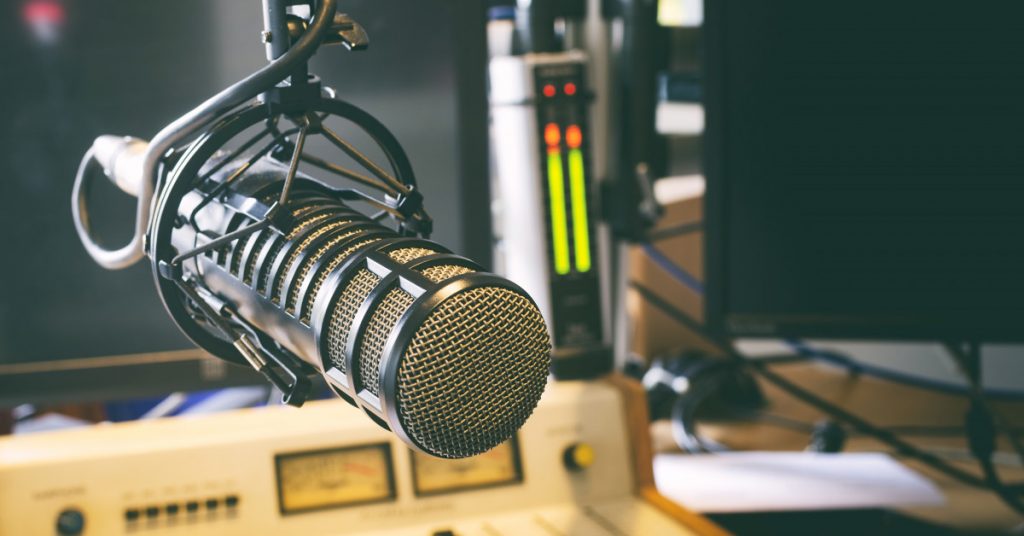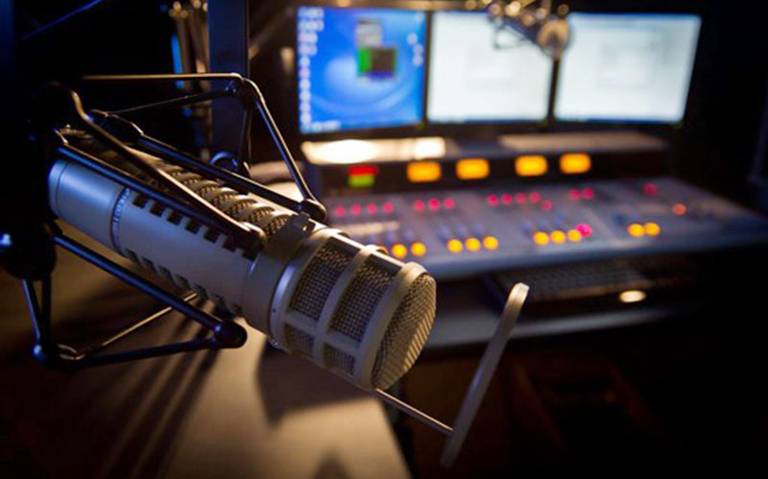World Radio Day: The Rebirth Of The Golden Age Of Radio

It is the 12th edition of world radio day which is being celebrated all across the world.
On November 3, 2011, the United Nations Educational, Scientific and Cultural Organization (UNESCO) declared February 13 as World Radio Day in honor of the date when United Nations Radio was first established in 1946.
It is celebrated to uphold the significance of radio and to encourage decision-makers to provide access to information through radio.
The theme for World Radio Day 2023 is ‘Radio and Peace’ which focuses on the role of radio as an independent medium of peace making.
The theme was chosen in recognition of radio’s capacity to “shape public opinion and frame a narrative that can influence domestic and international situations and decision-making processes.”
Radio which has been around for decades has also been the long-standing medium of expression and most influential mass media.
History Of Radio
The radio, or a wireless telegraph, was first conceptualized in the 1890s by Italian inventor Guglielmo Marconi. In 1895, he sent a wireless Morse Code message to a source more than a kilometer away, which gave his radio concepts structure.
When Marconi was a young man living in Italy, he read a biography of Hienrich Hertz, who had written and experimented with early forms of wireless transmission. Hertz’s tests were then duplicated by Marconi at his own home, where he was eventually successful in transmitting signals from one side of his attic to the other.
However, broadcasting, that is, the ability to send messages to a vast audience of potential listeners was not realized until much later in the evolution of the medium.

The Golden Age of Radio which occurred between 1930 and the mid-1950s, given that many associate the 1930s with the struggles of the Great Depression, which may also seem contradictory considering that such a fruitful cultural development arose during this decade.
However, radio lent itself into this era. After the initial purchase of a receiver, radio was free, making it an affordable alternative to other, more expensive pleasures and entertainment sources like going to the movies.
Additionally, radio was a readily available medium that had its own schedule and could be accessed simply. Unlike reading newspapers or books, listening to and tuning in to a show at a particular hour which became a habit for listeners because it effectively compelled them to organize their lives around the dial.
Most listeners tuned into radio stations after the Golden Age of Radio ended to listen to music. Variety shows and talk-based programming, which had kept radio alive in its early years, could no longer draw enough listeners to be a profitable business model.
Radio was the first truly mass medium of communication, reaching millions of people instantly and influencing social attitudes, family dynamics, and how people related to their environment.
One divergent path from this general trend, however, was the growth of public radio.
History And Evolution Of Radio In Ghana
Radio was introduced into the Gold Coast in 1935 when the colonial governor set up a small wired relay station, ZOY, to transmit BBC programs to some three hundred colonial residents and privileged native elites.
Later, service was made available in Kumasi, Sekondi, Koforidua, and Cape Coast. British radio not only offered news and entertainment, but it also served as a tool for rebutting the nationalist press’ anticolonial campaigns.
After Ghana gained its independence in 1957, the Gold Coast Broadcasting System, which had been founded in 1954, changed its name to Ghana Broadcast Corporation (GBC).
Two domestic radio services, Radio 1 and Radio 2, were launched by GBC and began airing from Accra. Local-language programming was the focus of Radio 1, which transmitted in Akan, Ga, Ewe, Nzema, Dagbani, Hausa, and English. English was the language of Radio 2. Both stations were in operation for 15 and a half hours during the week and 17 and a half hours on the weekends. Due to a lack of funding, the wireless Radio 3 was discontinued.
The Rawlings administration however refused to issue licenses or assign frequencies to private radio stations until the mid-1990s, preserving a monopoly on radio with the state-owned GBC, despite the fact that many believed the 1992 Constitution provided for liberalization of the airwaves.
Charles Wereko-Brobby, an opposition politician, denounced this practice in 1994 by airing a series of pirate broadcasts, the infamous Radio Eye.
Although Wereko-equipment Brobby’s was seized by the government and he was subject to criminal prosecution, his provocative action ultimately pressured the government to allow private FM stations.
Through the Frequency Registration and Control Board, the government started distributing licenses and frequencies in 1995. When Radio Univers, a small campus station run out of the University of Ghana in Legon, received the first FM license, other media quickly followed suit.
Radio Evolution In Sekondi-Takoradi
In the case of Takoradi, a new revolution in broadcasting was sparked by the use of FM radio, in which Skyy Power FM became the first private radio in Ghana’s Western Region. Midway through the 1990s, Takoradi used FM radio technology to improve the growth of its human resources.
In this twin capital of the Western Region, which is usually associated with the epithet “the best always comes from the West,” there were 6 commercial radio stations broadcasting as at 2005.
The media scene in Takoradi rapidly grew each year, with the establishment of more radio sations in the twin city.
As at the fourth quarter of 2021, the National Communications Authority (NCA), had given frequency authorisations to 84 FM Broadcasting Stations in Western region. Out of the total number of authorised FM Broadcasting Stations in Western, 57 stations are currently operational.
At large, 707 FM broadcasting stations in Ghana have received frequency authorizations from the National Communications Authority (NCA). As of the third quarter of 2022, 513 stations out of the total number of authorized FM broadcasting stations are active.
Radio has over the years proved to be far more effective in mass communication as compared to the print media.
Once the radio technology was recognized as an effective mean of communication, there was a race among companies and individuals to have their own radio facility
Radio has become a vital link to information and has also prove to hold the power to influence people’s opinions in a way that had never been seen before.
Author-Ahanta Bred





